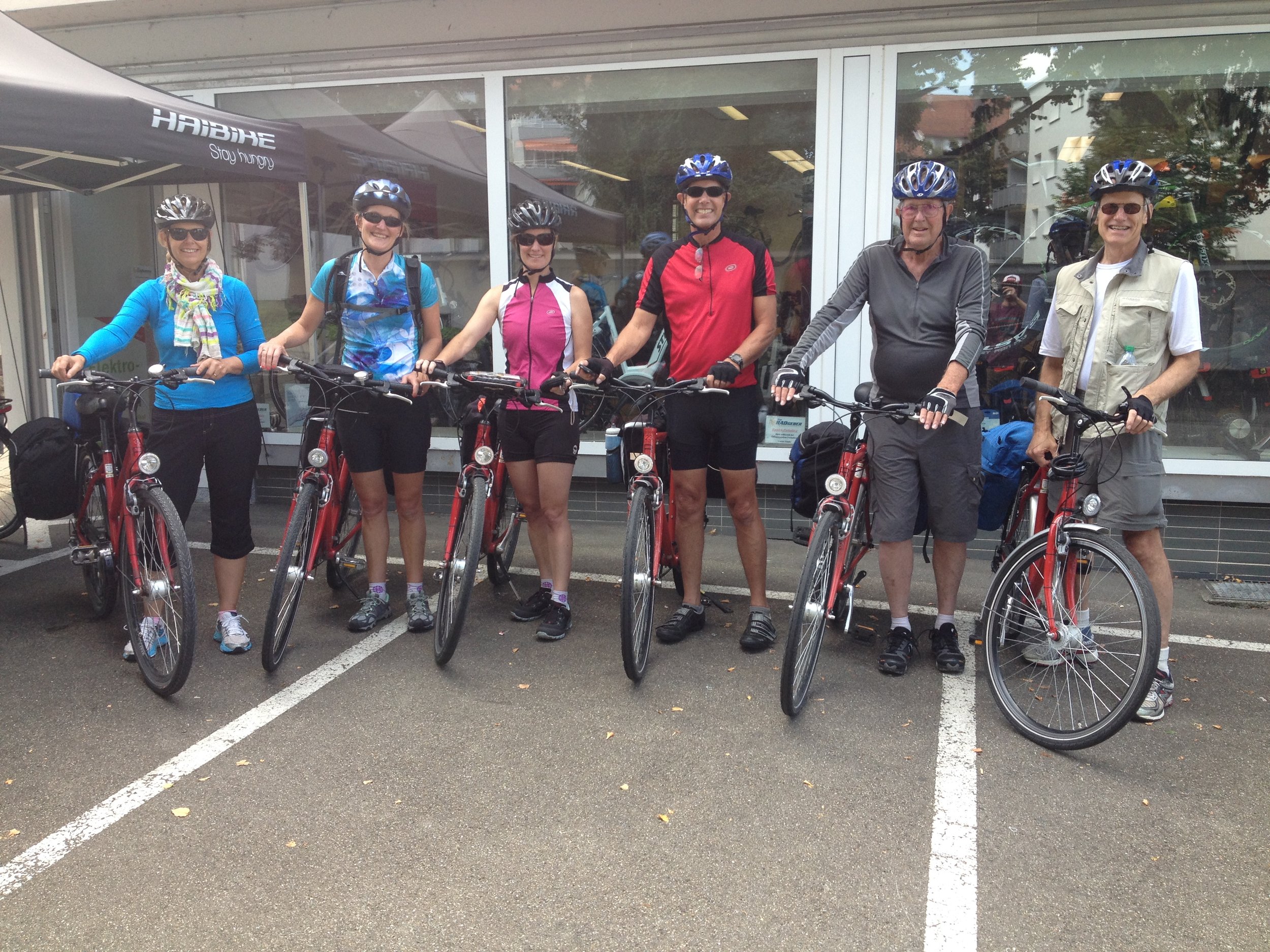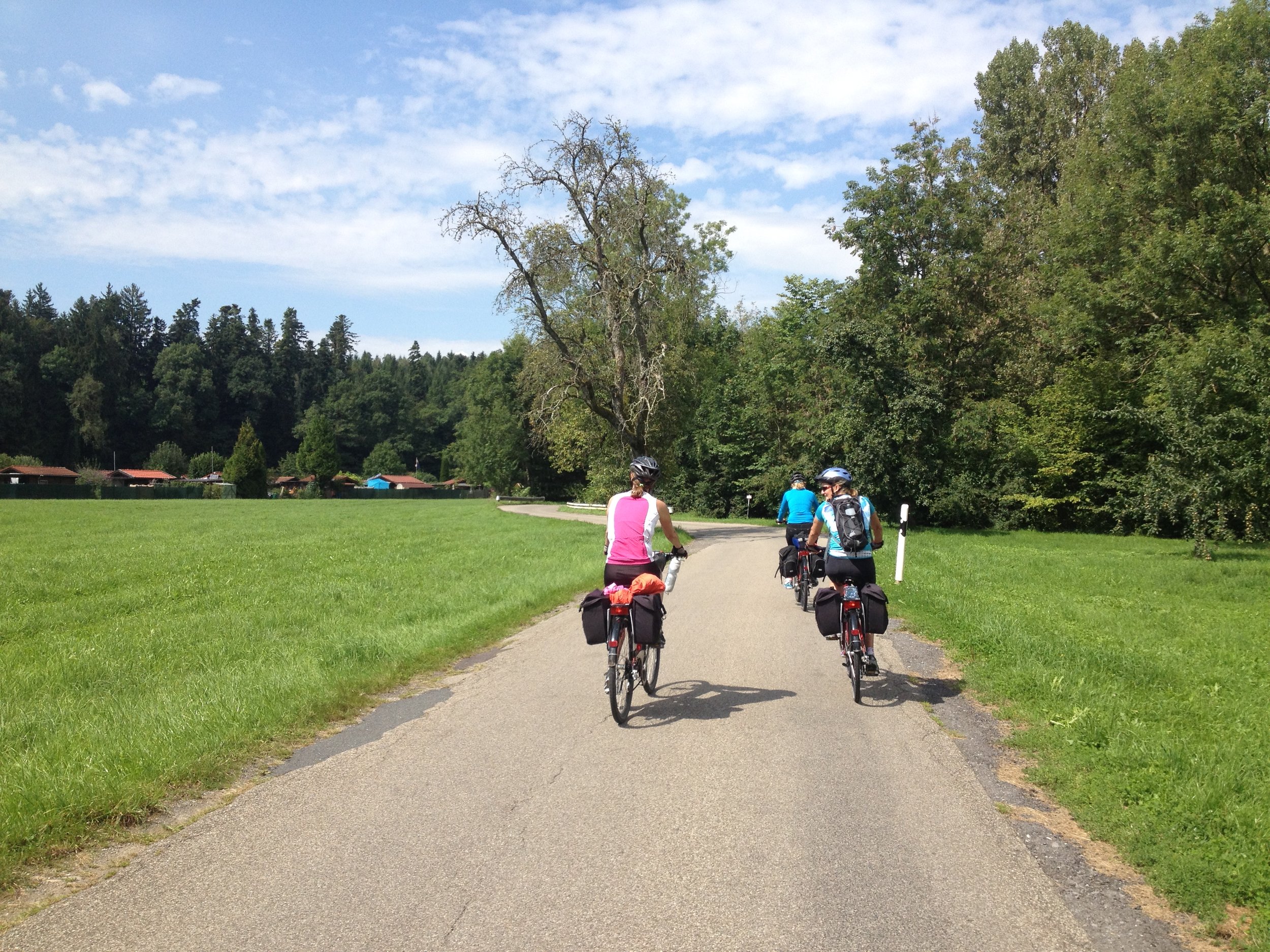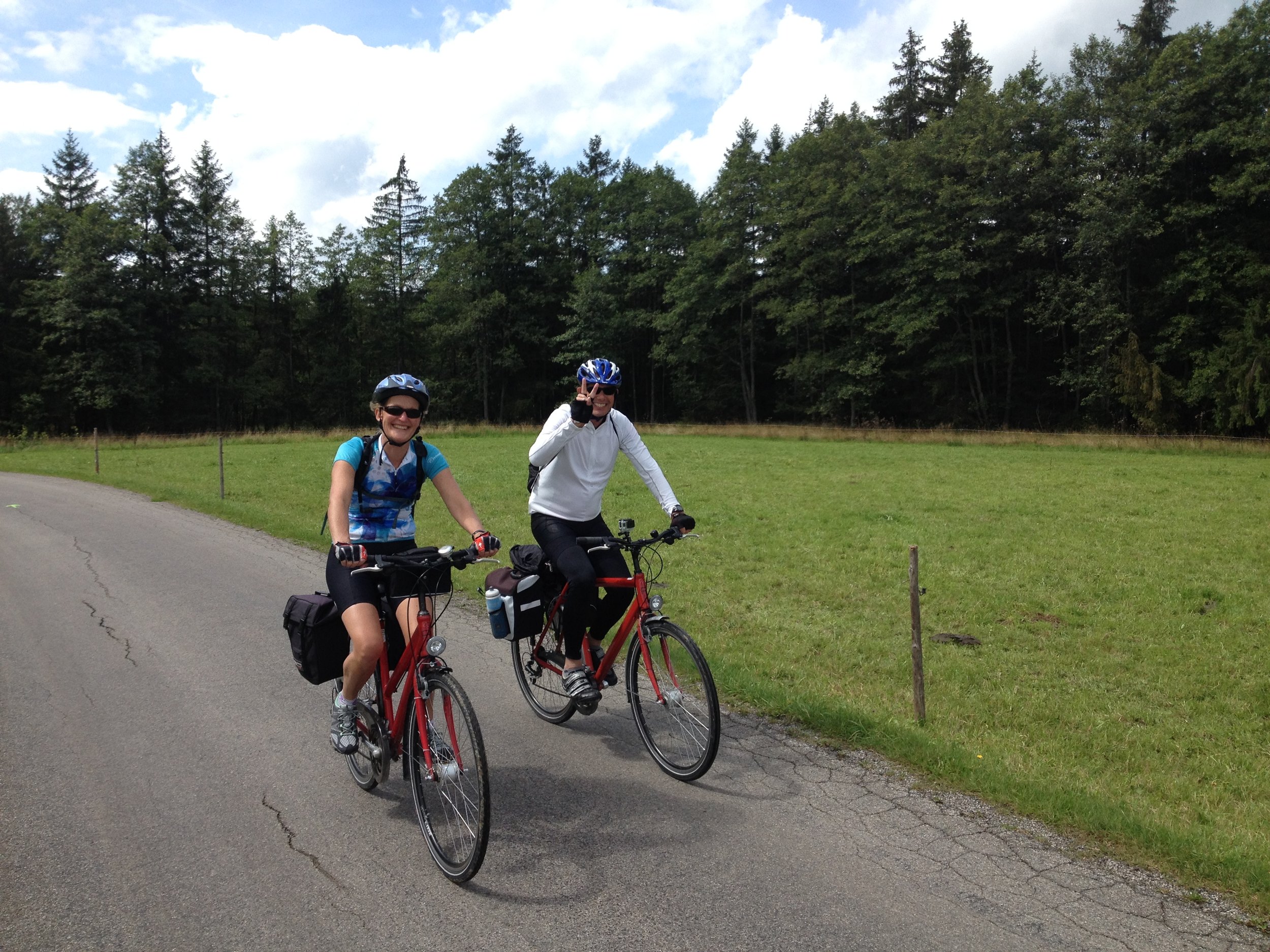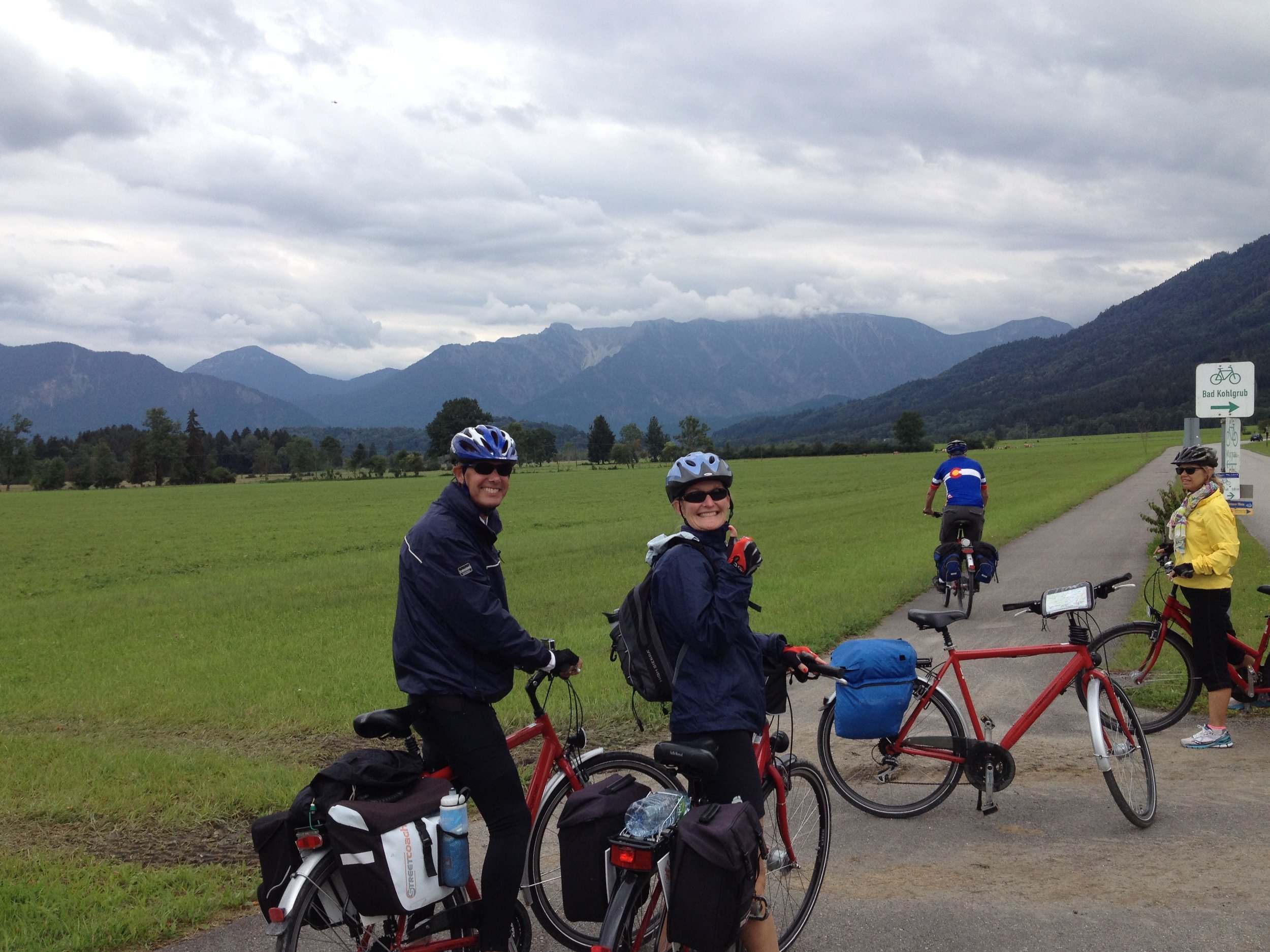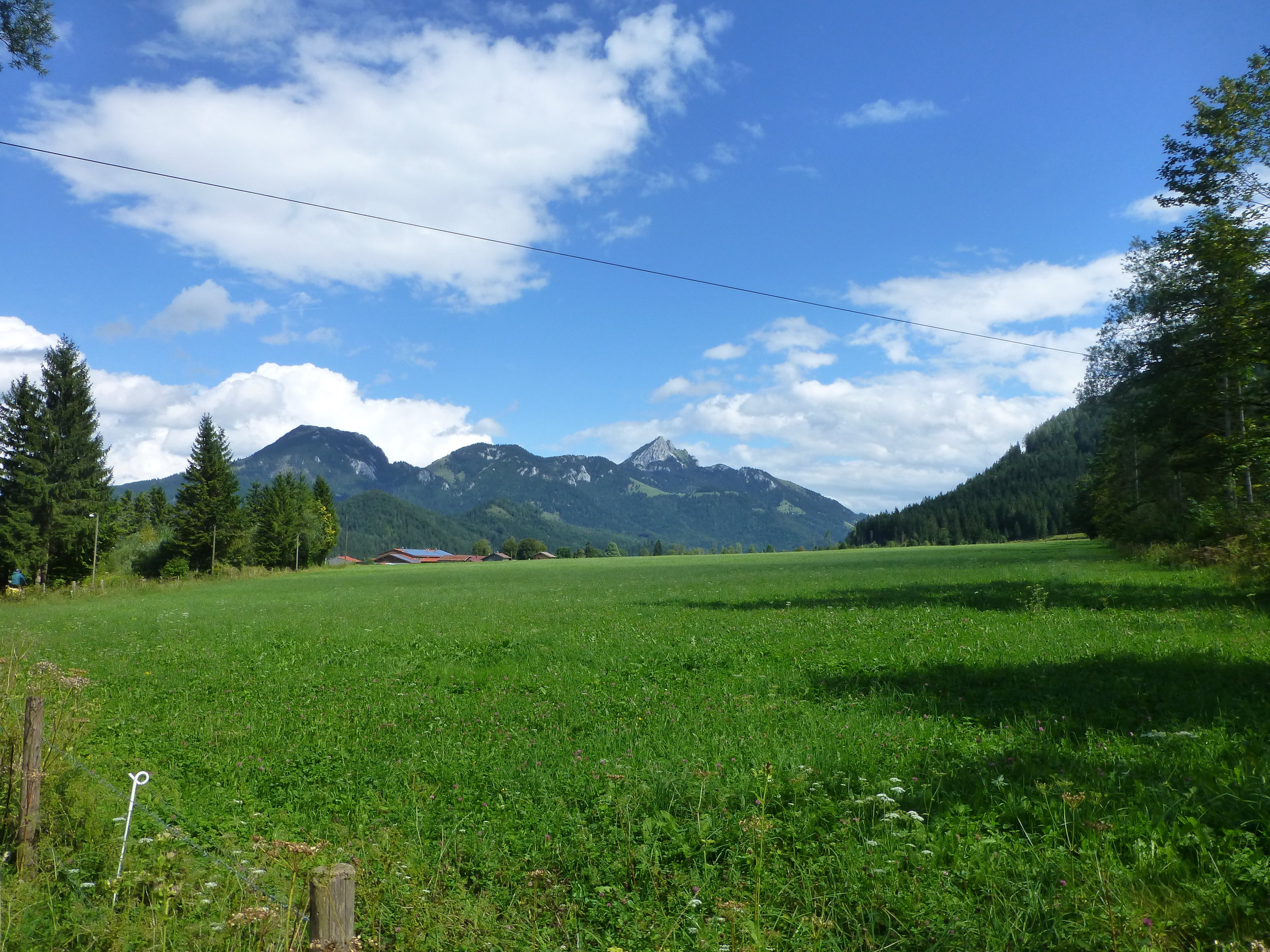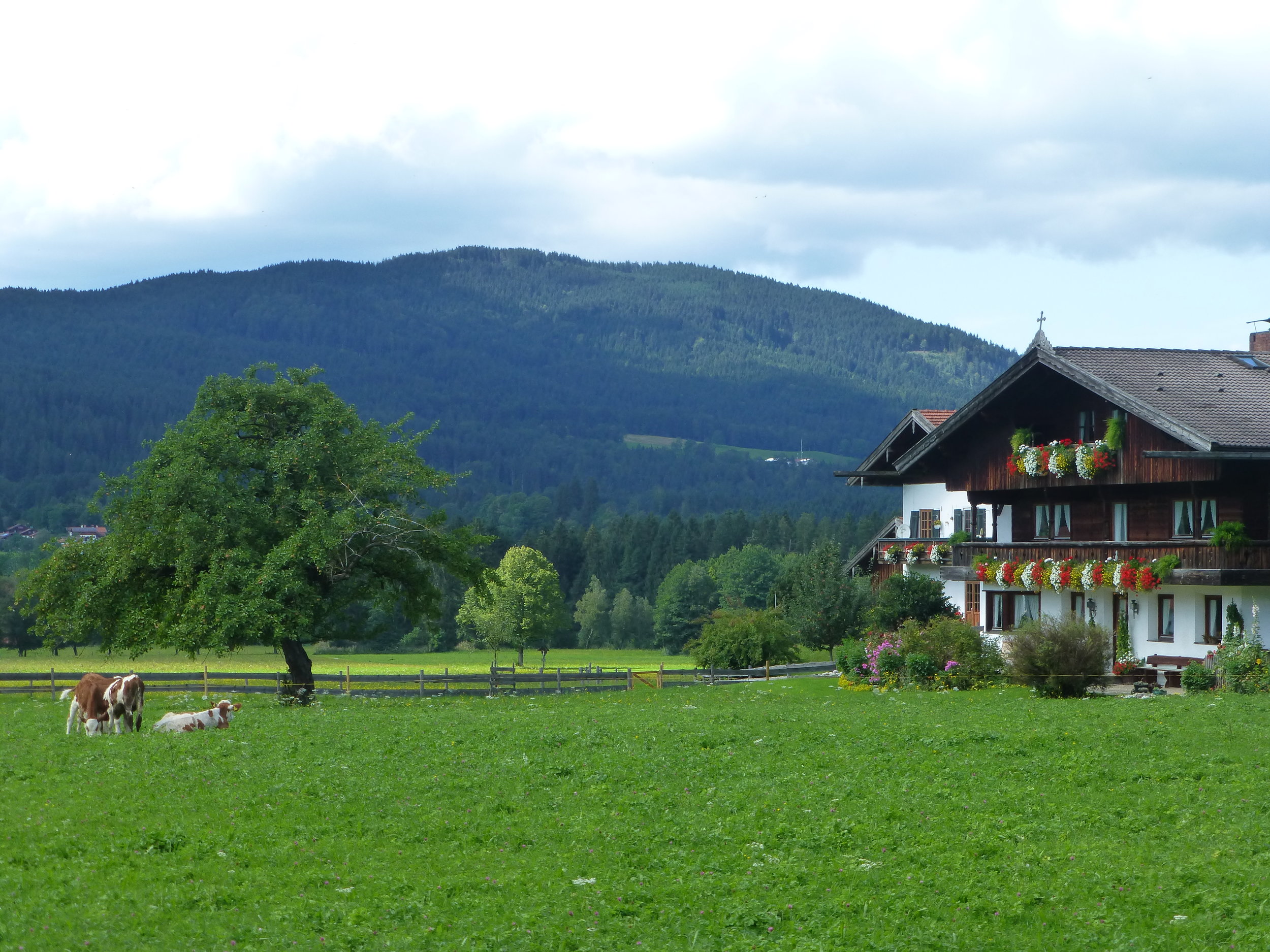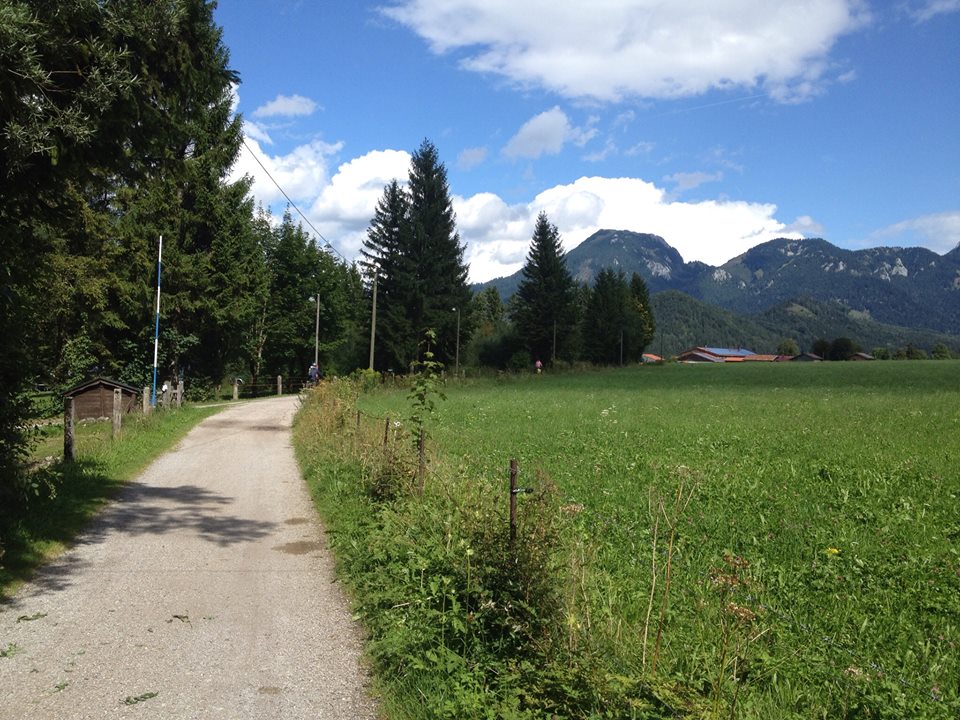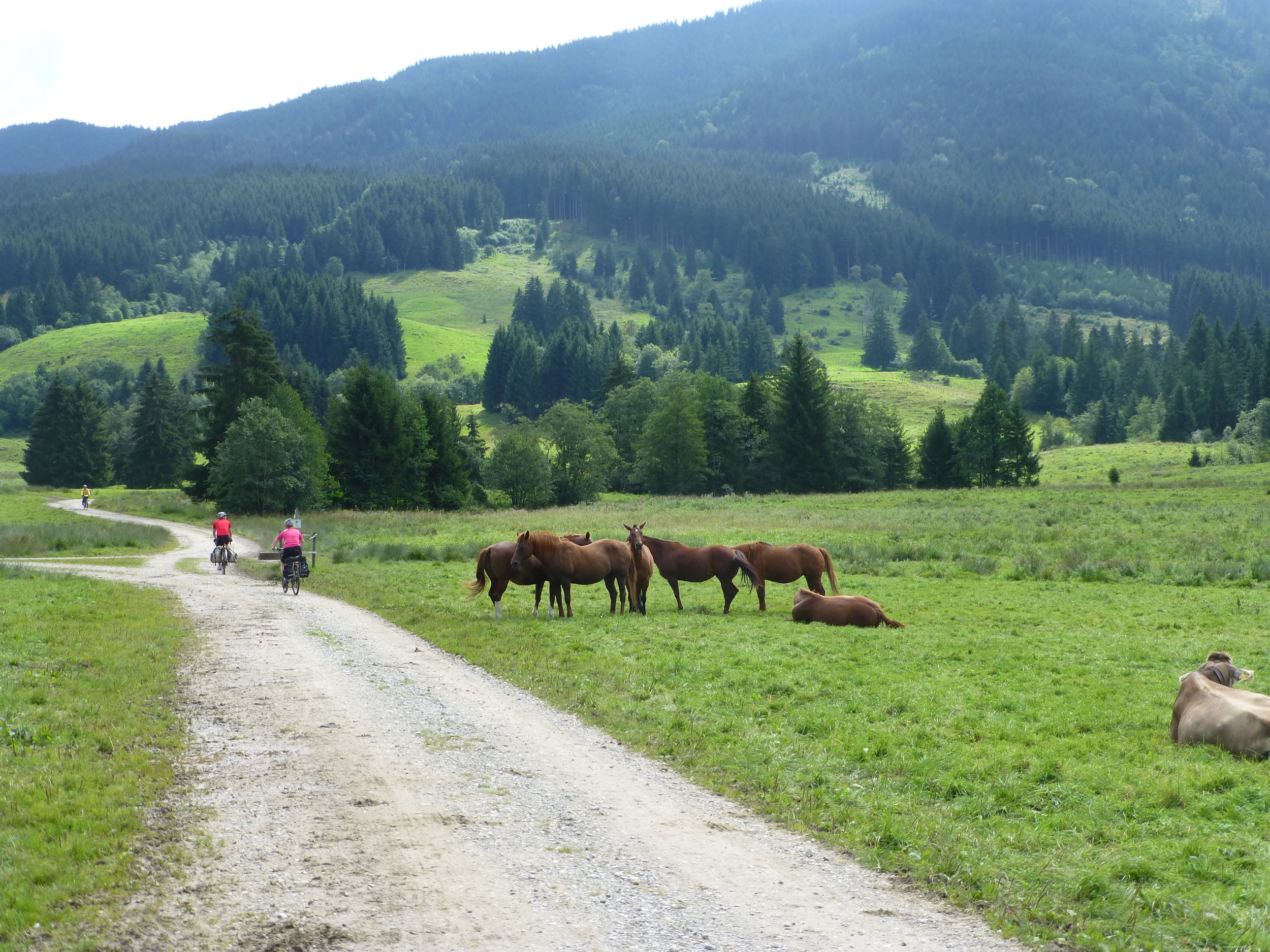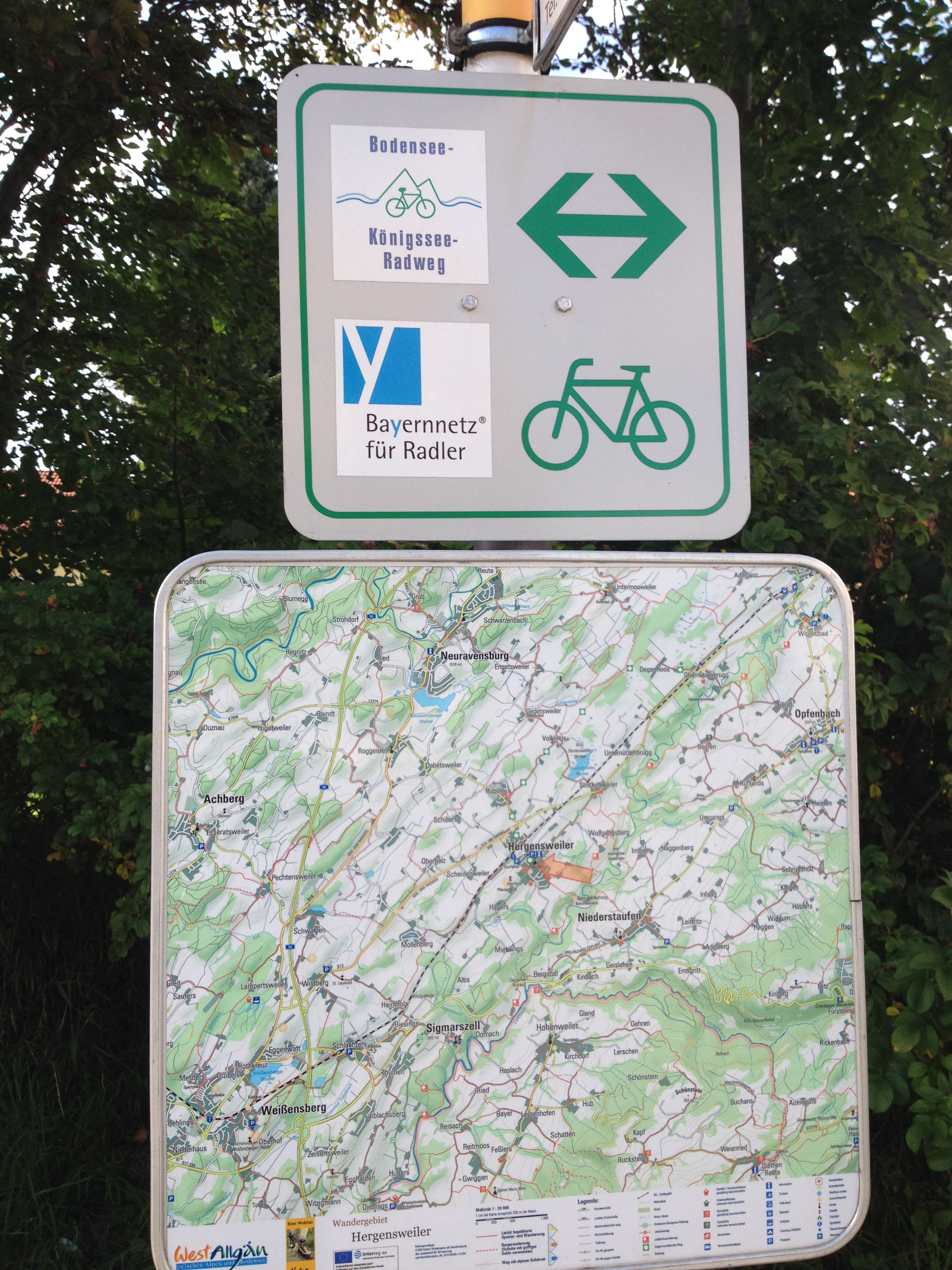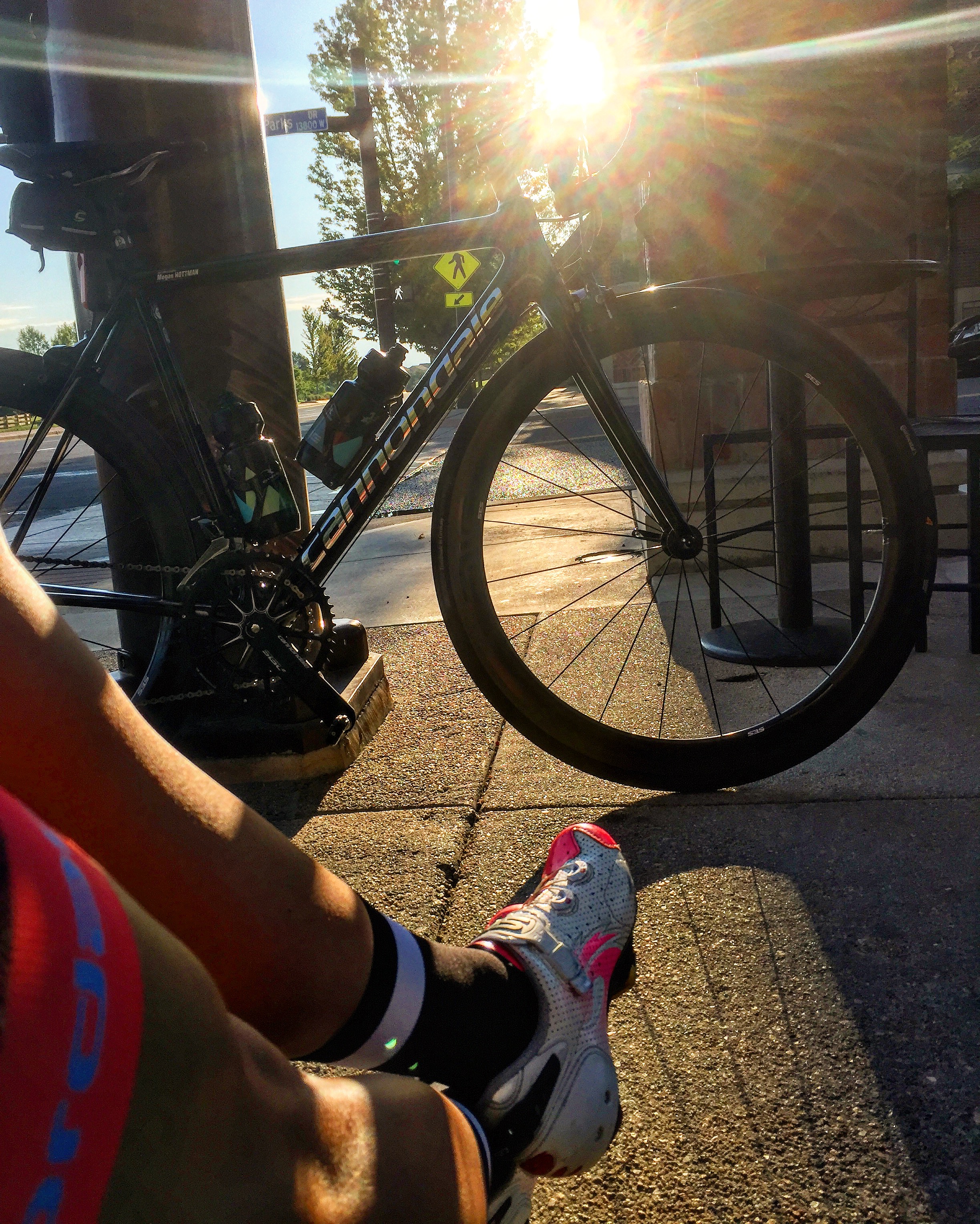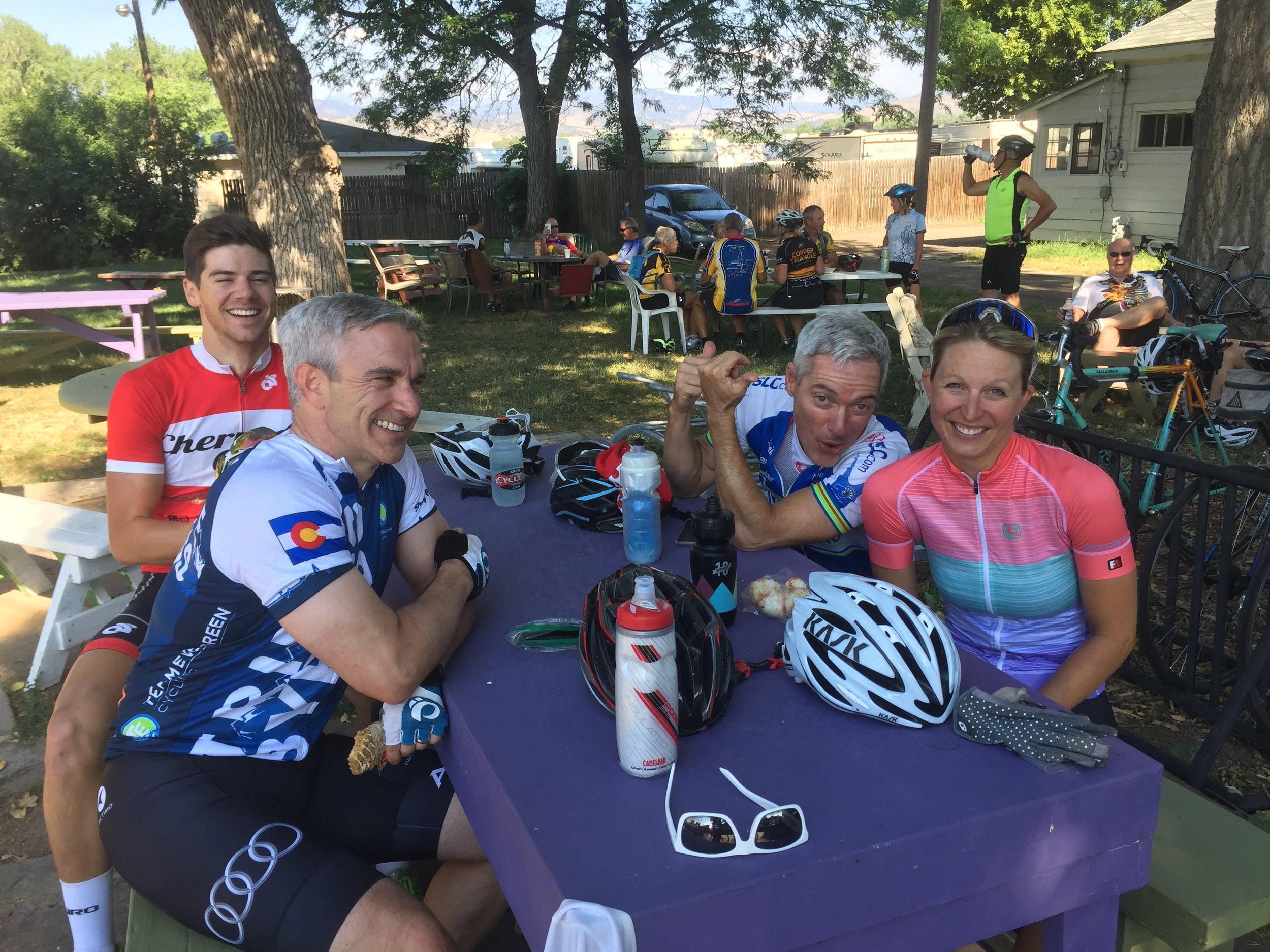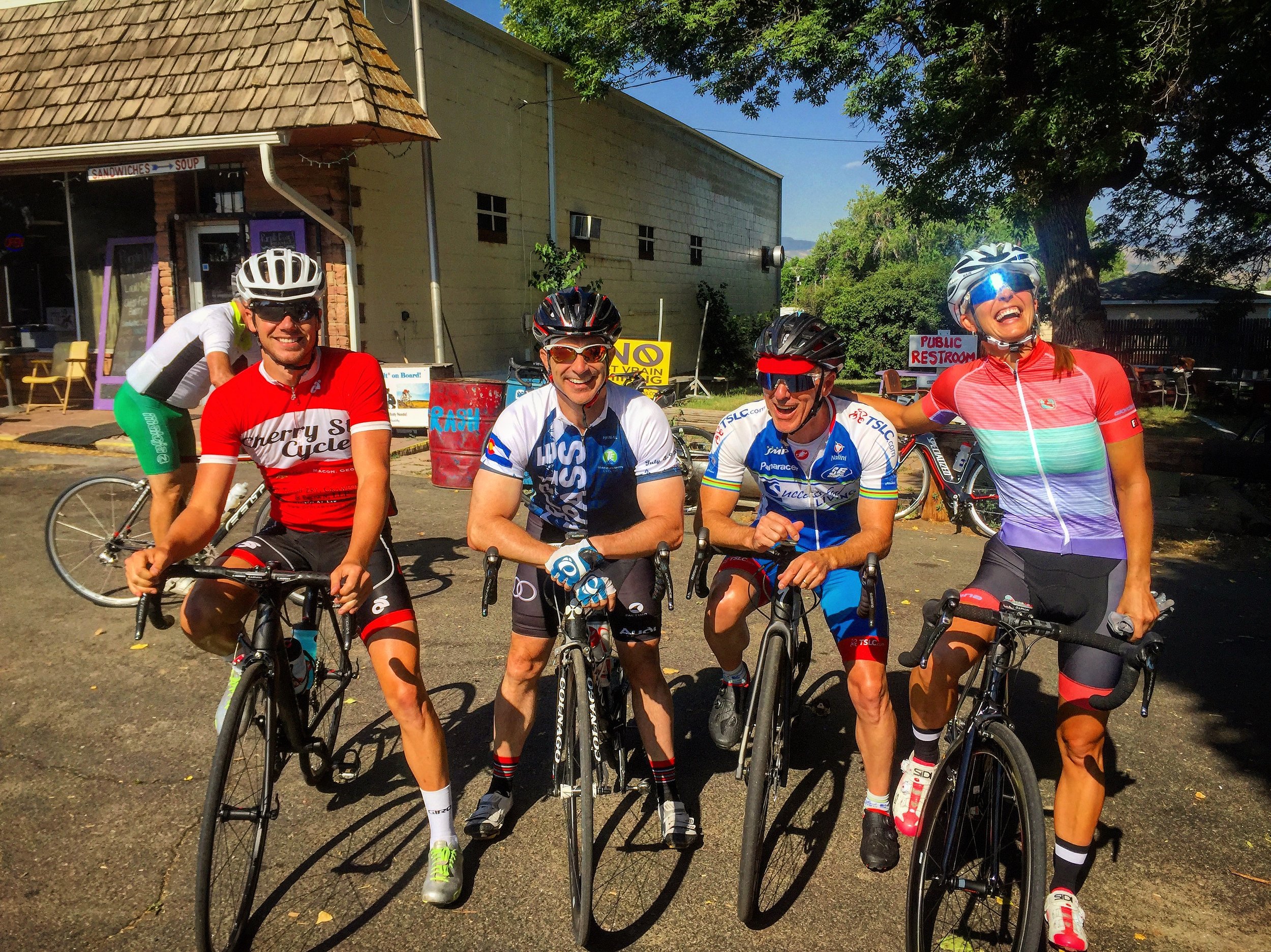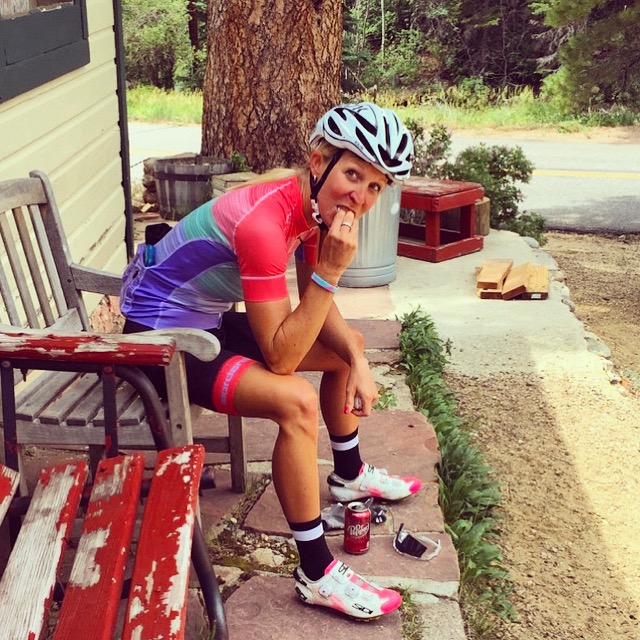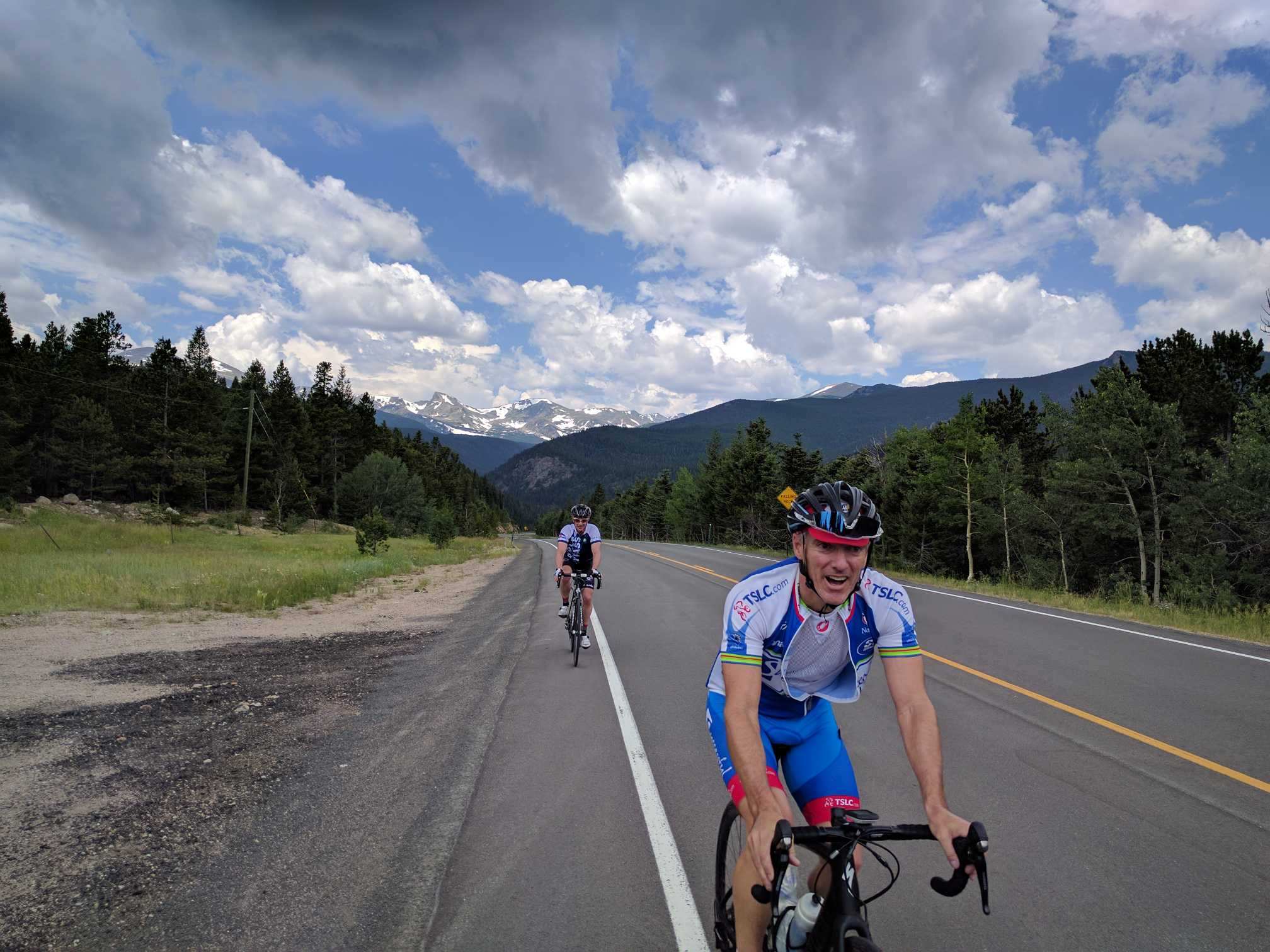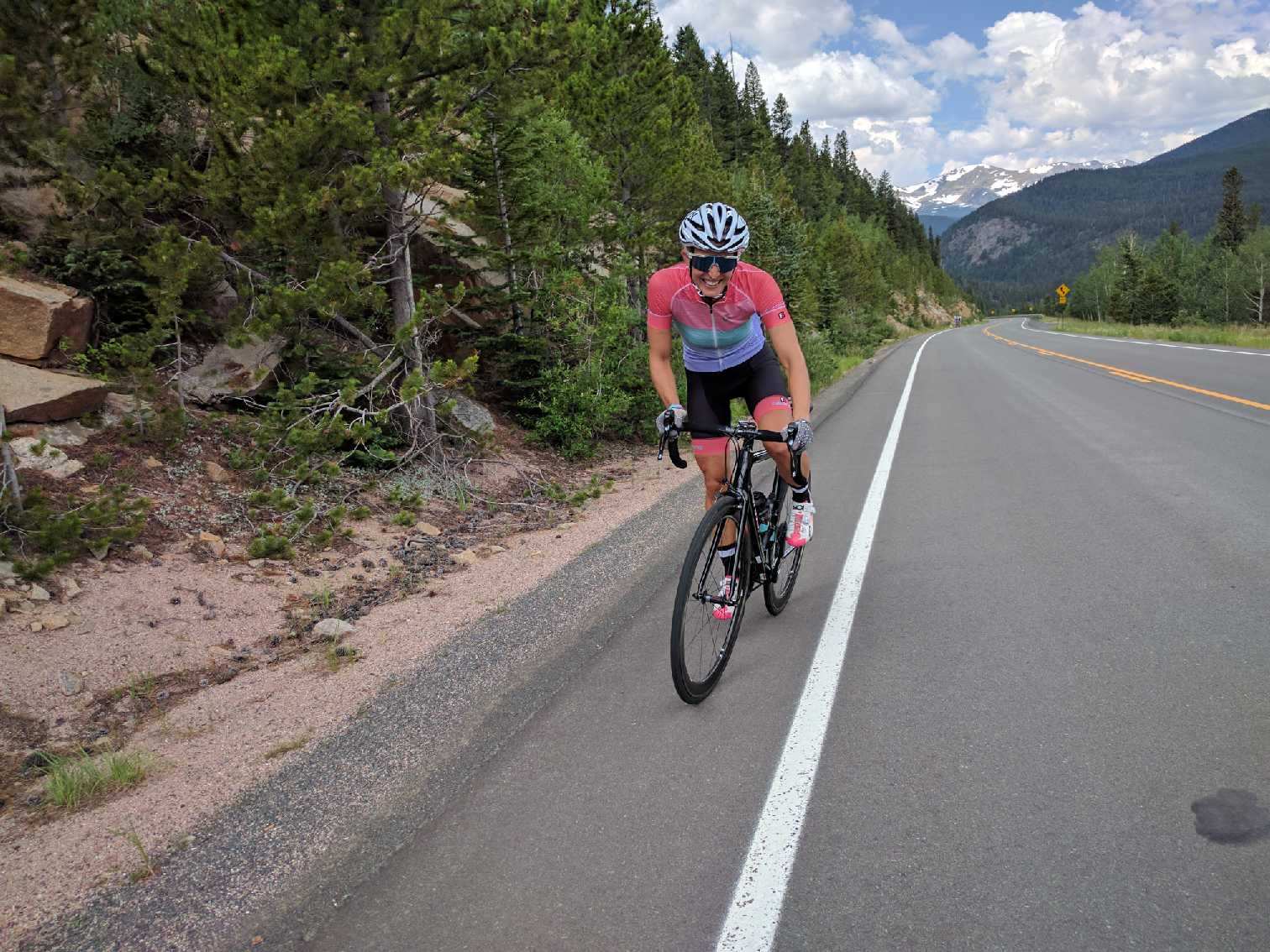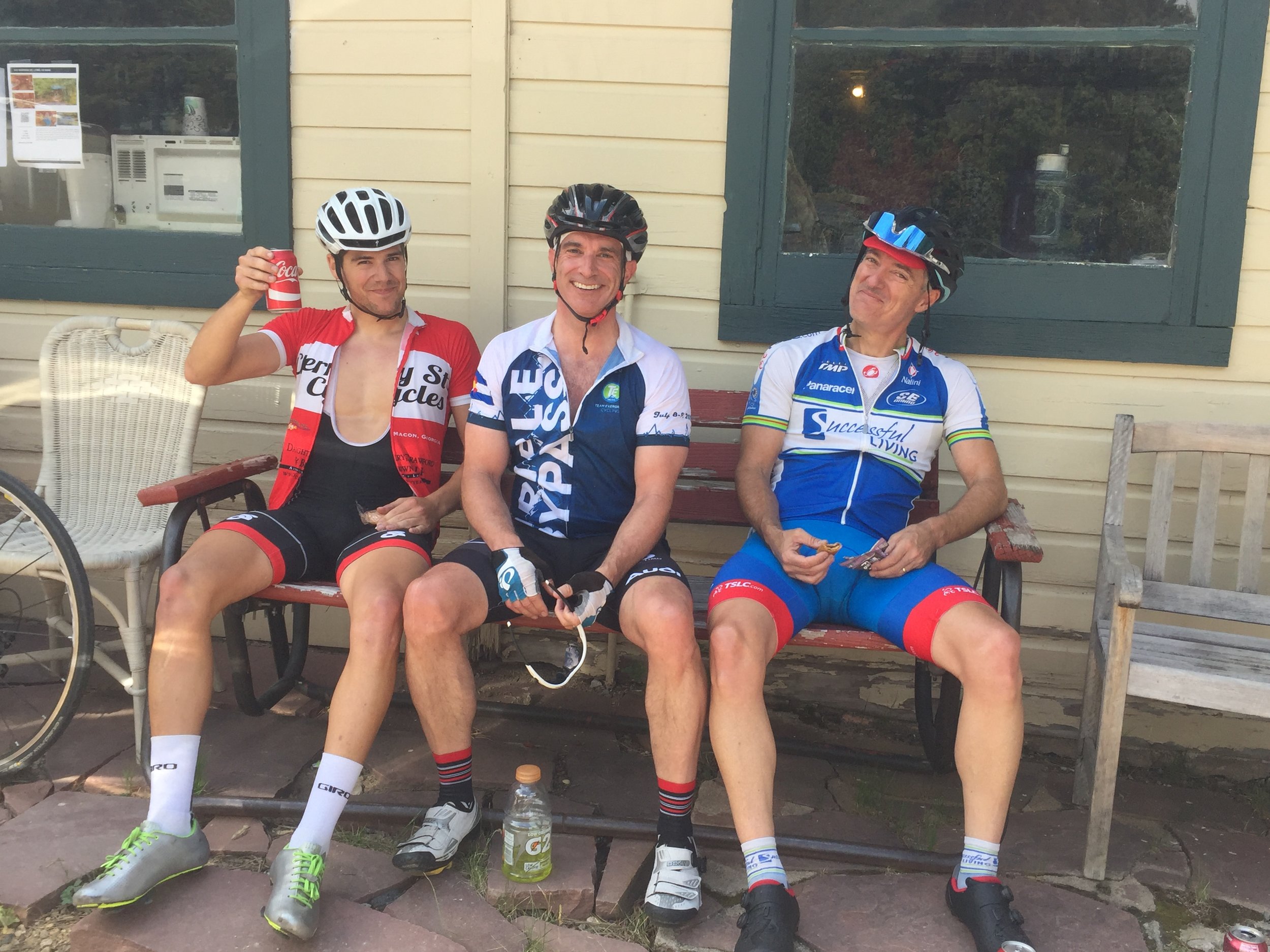We are reposting this Facebook post by former client Sam Doniach (with his permission) because it includes several great lessons and suggestions - and we hope you can benefit from his experience and his advice!
"With racing season right around the corner, I figured now would be a good time to share my cautionary tale. This is very long, so if you don't want to read the whole thing the main points are:
1. Get (and wear) a RoadID or something similar.
2. Tell somebody where and when you are riding and when you expect to be home.
3. If something happens, get a lawyer!
The date: April 4, 2014. Also known as the Rockies' home opener. My wife was working and I had the day off, so I decided to go out for a ride and enjoy the nice spring weather. I was heading home, coming out of Cheeseman Park and heading north on Franklin, crossing 14th. A van (not a minivan, but something like a Ford E-150) was coming south on Franklin and turning left onto 14th. Apparently they either didn't see me or they underestimated how fast I was going, Either way, they turned left right in front of me, and I ran straight into the side of the van. I'm not sure how fast I was going but I imagine between 20 and 25 mph.
Somehow my helmet didn't crack, but I was knocked out cold, and got a couple of pretty big lacerations on my cheek and eyebrow. A bystander called 911, the police and paramedics came, and I was taken to Denver Health. Up to this point, I had always kept my driver's license in my jersey pocket when I was out riding, because in my morbid imagination, I figured that if I was hit and killed, they'd be able to identify the body.
When the paramedics got to me, they cut my whole kit off. I know now that this is standard procedure, because they have to be able to see one's whole body to find out the extent of the injuries. The problem was, my clothes (and ID) were all left with the police on scene, and I was rushed to the hospital completely naked. I was in pretty bad shape - I had a GCS of 8, which means I had some pretty serious brain trauma - and they got me to Denver Health as fast as they could. When I got to the hospital, they had no idea who I was. I was a John Doe.
On almost any other day of the year, this mystery probably would have been solved fairly quickly. But remember what day it was: the Rockies' home opener. Denver Health was on divert, which means they weren't accepting any ambulances except for serious traumas, which my accident certainly qualified as. The paramedics and police were spread thin dealing with all the craziness that goes on downtown on opening day. So a John Doe I remained.
I got hit probably around 6 or 6:30pm. My wife got home from work about 7:30pm. I hadn't told her that I was going for a ride, but when she got home and I wasn't there, she saw that my bike wasn't there either and figured it out pretty quickly. It was already starting to get dark when she got home, but she figured that I'd be home soon. I had my cell phone with me, but when she called it I didn't answer, which isn't unusual when I'm out riding. As it got darker and later, she got more and more worried. She kept calling my phone, but it kept ringing and ringing and never got picked up. At some point, PD brought my belongings to the hospital, but it must have been in a bag and nobody answered it. Eventually the battery must have died because it went straight to voicemail.
She called the police, but they said that she couldn't file a missing persons report until I had been missing for 24 hours. So she started calling hospitals. She didn't know I was a John Doe; in fact, she knew I always took my driver's license with me, so she was asking for me by name, and never found me. She called Denver Health at least 3 or 4 times, but they told her to stop calling because they were on divert. Nobody made the connection. I also hadn't told her where I was going, so she had no idea where I could be, or what area I would have been in if something happened.
Eventually, around 11pm or so, she called the police again, and an officer came to our house. She told him what I looked like, showed him a couple pictures, and said that I had been out for a bike ride and hadn't come home. He went out to his cruiser and was on his phone for about 15 minutes; finally he called her from his cruiser and said that I was at Denver Health. She rushed to the hospital, not knowing what she would find - would I be brain dead? Paralyzed? When she finally found me, I was covered in blood, and all doped up on painkillers. She asked if I knew who she was, and I said "my wife".
I still have no memory of the accident, or of anything for about a week after. All of this story comes from what my wife told me and from what I could piece together from the police and ambulance report. I had 2 subdural hematomas, which means my brain was bleeding under my skull. They kept me in the hospital overnight for observation, and discharged me the next day. I give thanks every day that I wasn't more seriously injured, and I consider myself incredibly lucky that I have no long-term deficits (as far as I can tell) from the accident.
There was good and bad luck (or fate, or karma, or the work of God, or whatever it may be) involved that day. I was hit by a car, it was the Rockies' home opener, and my wife had the worst, scariest day of her life - all bad. But it wasn't a hit and run - the driver stayed on scene. And even though it was a very serious accident, I really wasn't injured that badly. I tried dealing with the driver's insurance company, but I was way out of my depth, so I decided to hire a lawyer. We are lucky to live in a place with so many cyclists, and there are lawyers that deal with exactly this type of accident. I think that I hired the best - Megan Hottman, who sponsors the Cyclist Lawyer cycling team. She worked incredibly hard for me and my wife, and things worked out better than I ever could have imagined.
I'm sharing this story not to get sympathy, or to make people feel bad for me. I consider myself incredibly lucky. But cycling on the road is very, very dangerous, and we need to do everything we can to protect not only ourselves, but the people we love and who love us. I failed to do so that day, and I feel terrible for the fear and pain I caused my wife. So there's a few things I want to pass on:
1. Get a RoadID or something similar! If something happens, you want the hospital to know who you are and who to contact. Especially if you have any serious medical problems or drug allergies - they are incredibly important for the doctors to know about.
2. Tell somebody where and when you are riding and when you expect to be home. If my wife had known where I was going and when I was expecting to be home, she might have had a better idea of where to look for me.
3. If something happens, get a lawyer! I can't emphasize enough how helpful this was. Insurance companies are hard to deal with for a reason - they only want to look out for their bottom line, and they're counting on the fact that the average person doesn't know as much as they do.
Thanks for reading my (long!) story. I hope that nobody has to go through what my wife and I did, and hopefully you can all learn from what happened to me without having to go through something like that."
View his original post here


